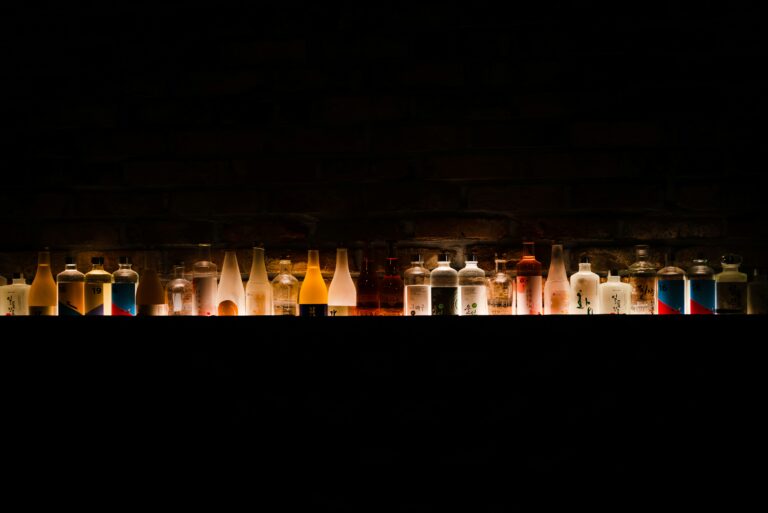To know more about the LEDs’ Lighting Market in China, contact Daxue at dx@daxueconsulting.com
LEDs’ Lighting Market in China
The lighting market is a thriving market with optimistic forecasts driven by LEDs lighting’s demand. This market is experiencing shifts from traditional lighting to LEDs technology. The CFL lighting sales are still currently higher than LEDs with respectively $8.2 billion revenues and $5.5 billion in 2015. What deters consumers to adopt Led technology is it high initial cost. However, the demand for LEDs is constantly expanding and is expected to reach $12,1 billion by 2020. In this transition-to-LEDs industry, China is becoming one of the largest manufacturing base and consumer market.
The growing demand for LEDs is fueled by a lot of factors
The LED, « Light-Emitting Diode », developed in the 2000’s, is an electronic device that emits light when an electrical current is passed through it. It main characteristic, compared to conventional lighting technologies such as incandescent light or compact fluorescent lamp, lies in its improved durability and energy saving. The LEDs consume on average 85% less energy than the bulb, have a longer lifespan (often more than 50,000 hours compared to 5,000 up to 15,000 hours for compact fluorescent bulbs) and last 15 up to 20 years. The energy efficient nature of LEDs allows them to produce a brighter light than other types of bulbs while using less energy. LEDs are environment-friendly, they don’t contain any gas or toxic substance contrary halogen bulb, which contains mercury for instance.
LEDs market cover a large scope of applications: it provides residential, office, shop, hospitality, industrial, outdoor and architectural solution lighting.
LEDs meet the need of energy efficient light source imposed by most of the government. Environmental protection and energy conservation concerns have risen in recent years face to climate change. Regulation across the world has become more stringent and governments offer incentives for entire building infrastructure in order to encourage environment-friendly initiatives. In addition to traditional financing (leasing and loans), new lighting installations can be financed through government and municipality projects (public/private partnership, private financing initiatives) and carbon financing under the Clean Development Mechanism. In China, several energy savings policies have been implemented such as the ban on incandescent light bulbs in 2012 or the Energy Conservation Law, which is providing support for the development of the environment protection industries. Meanwhile, as China continues to urbanise, the potential demand for urban public lighting projects is huge.
The automotive sector is one of the main outlets of the LEDs market. Auto manufacturer appreciates LEDs because it allows more creativity and freedom in term of design. LEDs help automotive manufacturer with their differentiation brand strategy by creating a proper visual identity. Besides, LEDs enhance significantly production efficiency, as the result the cost operation saving at long term resulting from LEDs makes up for its initial expensive cost. In China, shopping malls are booming and as firms spend more and more money on lighting in order to attract customers, they are considering LEDS technology applications.
The lighting industry landscape is reshaping.
The lighting industry landscape is redrawing: the evolving LED market is impacting the whole industry dynamics along the entire general lighting value chain. The increasing demand for LEDs is establishing at the expense of traditional lighting technologies, as a result, a lot of lighting companies have struggled to adjust their businesses, meanwhile smaller and more specialised LED-only company have entered the market.
The lighting industry is highly competitive: Phillips, OsramLitcht, General Electric are the historic leaders in this market, however, their market share are shrinking face to the fierce competition, especially from Chinese manufacturer. The intensive competition results in downward pricing, which has an impact on the companies’ margin. In 2015, those three lighting suppliers accounted for a cumulative 33% of value sales in the global light sources market compared to 35% five years ago. At some point, Philips planned to exit from its lighting division on January 2016 but few months after the company finally decided to sell 25% share in its lighting business on the stock market. OsramLitch is considering selling its traditional lighting division in order to focus on its LEDs activity.
With tens of thousands of lighting companies, China has become one of the world’s largest production bases. Most Chinese lighting companies have been looking at the opportunities that Led Lightings brings: they have quickly converted their traditional businesses to LED bulb production. Some companies in China have developed a genuine how-know around LEDs, they managed to move their offer toward the upmarket while maintaining a competitive price. Chinese MLS company is a case in point. MLS Co., Ltd., founded in 1997, offers a wide variety of lamp, ranging from LED encapsulation to LED application products in the integrated optical LED industry. In early 2014 for the first time, MLS was ranked among the list of the largest 10 global LED companies. Expanding quickly since then with revenue over $1 billion, MLS is now the largest packaged LED manufacturer in the world in terms of capacity (exceeding 16 billion units annually). Moreover, Chinese LED manufacturers have been acquiring foreign companies through the Stock Market or after receiving government financial support. By doing so, Chinese manufacturers strengthen their patent portfolio and channels’ abroad.
Case Study: Lighting Industry
A global group specialising in LED lighting and semiconductor solutions for electric power applications wanted to expand into China with its LED bulb and tube business. They contacted Daxue Consulting to plan their market entry process.
The project’s objective was to understand the LED market in China and to identify key decision makers and stakeholders in the lighting purchasing process. Daxue Consulting conducted both face-to-face and phone interviews with professionals involved in the industry such as retailers and designers in China’s first-tier cities.
Daxue Consulting’s findings and market entry recommendation enabled the client to gain a great foothold in the LED industry in China.
See also:
Follow us on our Social Media (See our latest twitter post below about Airbnb)
How AirBNB Adapts for #Chinese #consumer? Lessons in Market Strategies for Chinese Consumers https://t.co/Q1gf7EvPvR pic.twitter.com/tNTp99z3ye
— Daxue Consulting (@DaxueConsulting) August 1, 2016





